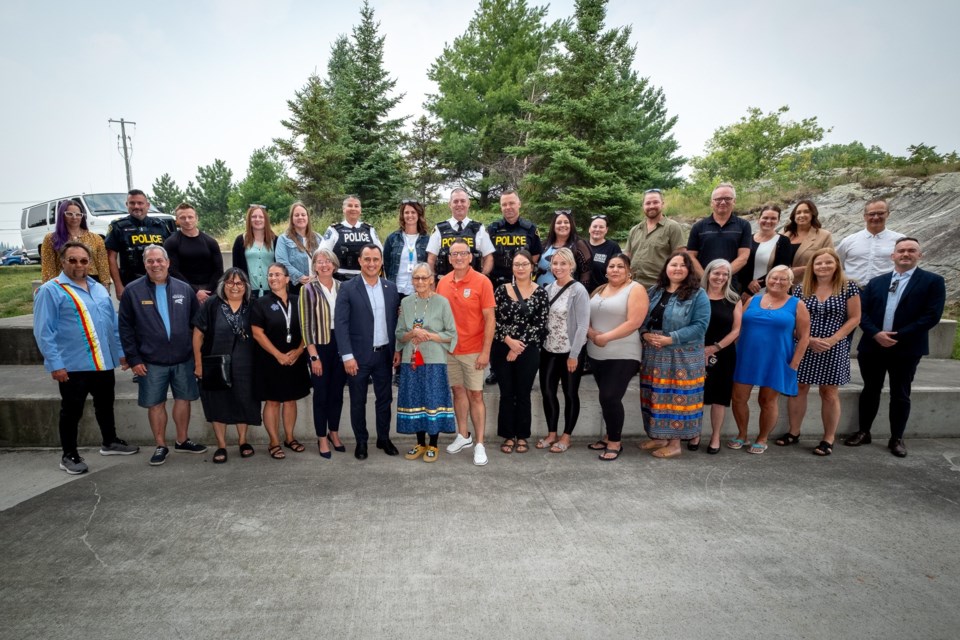KENORA — A new dedicated initiative based in Kenora will aim to protect vulnerable young people from being sexually trafficked and help those who have been victimized.
Alicia Rogerson, the executive director of Kenora-Rainy River Districts Child and Family Services, told Newswatch in an interview that the new Kenora Children at Risk of Exploitation (or CARE) Unit is effectively a partnership between her organization Anishinaabe Abinoojii Family Services and Ontario Provincial Police working in coordination with Tikinagan, Weechi-it-te-win Family Services and several other agencies providing specific wraparound services.
“It includes, obviously, awareness, prevention and also intervention and, also (for) those that may be involved in human trafficking and for there to be a safe space for them as well,” she said of the new initiative. “So, it's a very holistic model with a lot of different service agencies involved.”
The province recently announced $6 million in funding over the next three years for the project. The Kenora CARE Unit is the first of it's kind outside the Greater Toronto Area. The first two units in the province, based in Toronto and Durham, launched four years earlier.
Provincial officials said Kenora was chosen due to its transportation corridors, like the airport and the Trans-Canada Highway, proximity to the Ontario-Manitoba border and popularity as a summer vacation spot “which create increased risk of sex trafficking for children and youth living within and around Kenora, as well as those traveling through the area.”
A ribbon-cutting ceremony was held on Wednesday to officially launch the CARE Unit.
It is “a direct response to what communities across Northwestern Ontario have been calling for: targeted, trauma-informed services for youth when and where they need them,” Greg Rickford, the MPP for Kenora—Rainy River was quoted as saying in a media release.
The unit’s core team currently consists of a handful of dedicated full time employees at the three main partner organizations, alongside several others working with a number of agencies, Rogerson said, adding that she’s not yet sure how it will evolve and in to how many positions, but that there will be an “infusion” over a five-year term.
“Things that are already established in the community like the youth hub and having youth outreach workers and workers who are part of the CARE team who can do youth engagement in existing spaces where youth are,” she said.
“To make sure that they're OK and if they need more interventions and also doing prevention work as well.”
There will also be liaisons throughout the region, she added.
Part of the plan is to eventually have a residential component — that will be “a safe space, meaning (victims can) get away from human trafficking and to reside and get services if the young person is willing and wanting,” Rogerson said, adding it is slated to be run by William W. Creighton Youth Services.
The provincial release said the average age for young people in Canada to be recruited into sex trafficking is 13 years old. Rogerson 89 per cent of situations deemed to be of an “acute elevated risk” locally are those 12 to 24 years old.
“They are the age group that are the most at risk in the Kenora district for sure, and so this helps us be a little bit stronger and nimble to assist and protect those youth,” she said.
-With files from Leigh Nunan.
